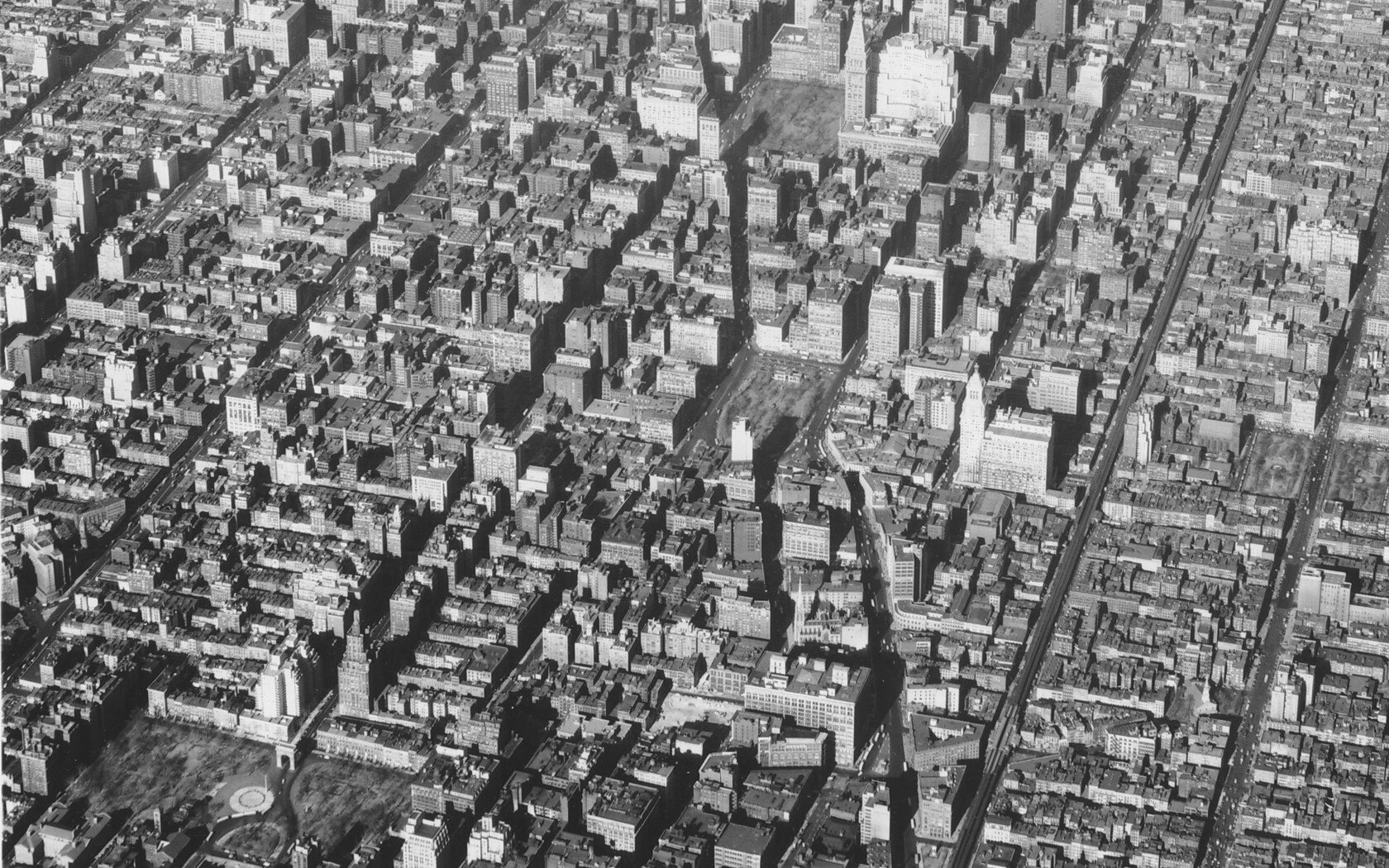
Specialists in the Architectural History of New York City
Founded in 1975 by Christopher Gray, the Office for Metropolitan History provides research on New York City buildings and embraces a synthetic approach to historical data, bringing together disparate sources in individual collections. Typical projects involve document recovery and reports with a wide variety of purposes, for engineers, architects, lawyers, and anyone interested in the evolution of New York's built environment.
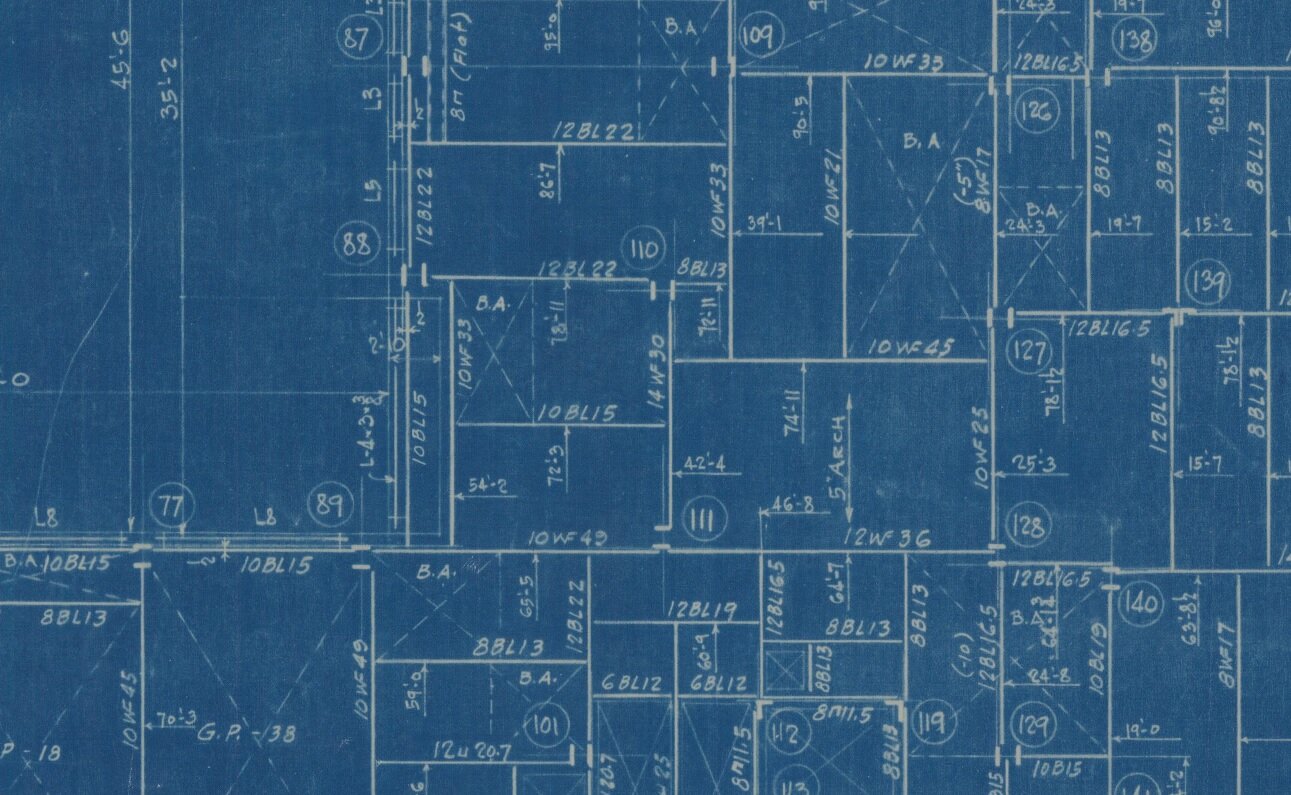
Document Recovery
The Office for Metropolitan History locates original architectural, structural, and mechanical drawings; historic photographs; and data on use and occupancy.
We maintain a collection of 18,000 photographs, and 8,000 architectural drawings, many of which date back to the late 19th century. In the normal course of business, we have independently humidified, conserved, repaired, and protected about 9,000 vintage blueprints, renderings, and other architectural drawings.
In September 2001, the Office for Metropolitan History was the firm called by the New York City Department of Design and Construction to locate architectural records for the nine buildings damaged in the World Trade Center collapse that were considered in danger of falling or where people were thought to be trapped. We located original drawings for seven buildings within 36 hours.
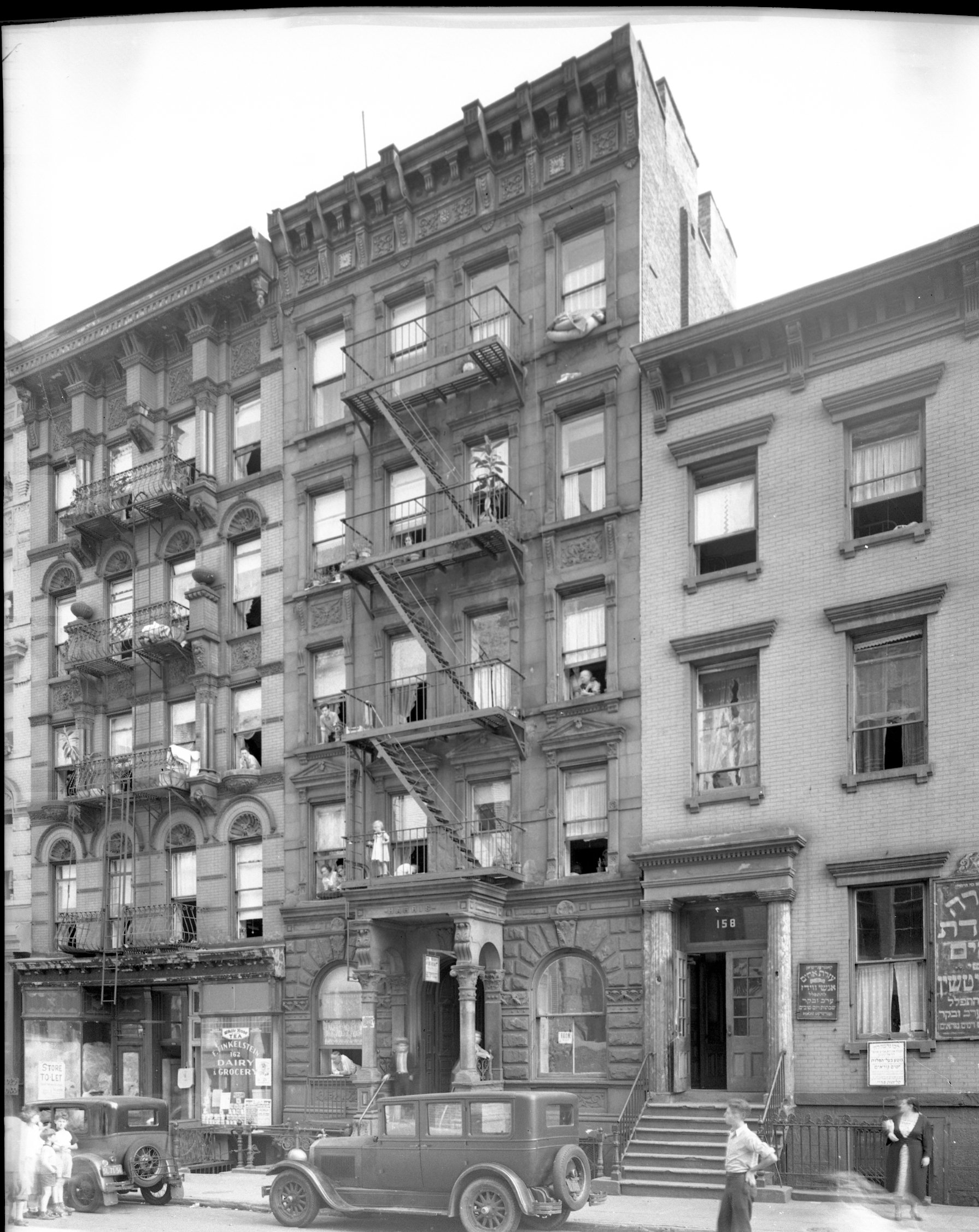
Historic Photographs
The Office for Metropolitan History maintains a collection of 40,000 4×5 film negatives dated between 1936 and 1973. Digital versions and prints of a selection of our photographs are available for purchase here.
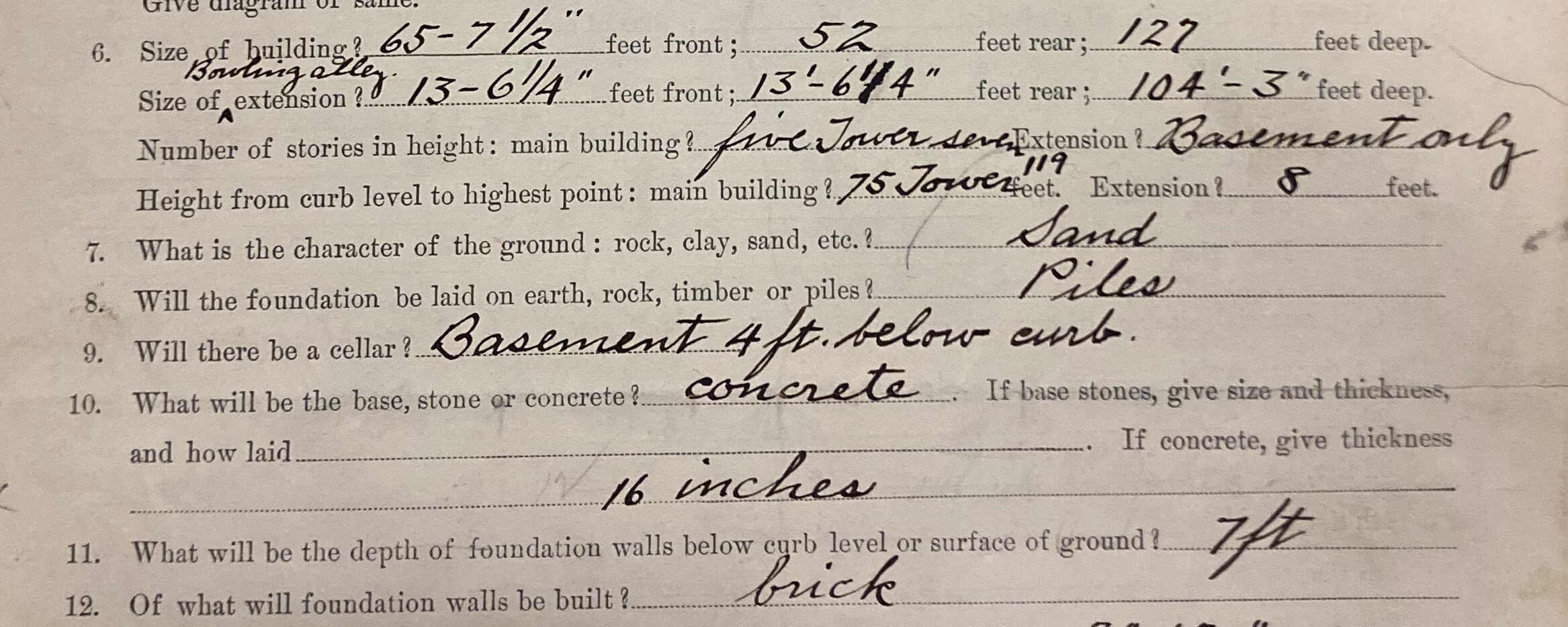
Building Permit Search
With gratitude to and respect for all those who are interested in the history of New York City, we have digitized abstracts of the new building (NB) applications filed in Manhattan for each year, from 1900 to 1986. The database is available to search here.

Sam Hightower
Sam Hightower has over ten years of experience working in various capacities at the Office for Metropolitan History. Despite a brief foray into studying chemical engineering while obtaining their B.S. at Columbia University, they found they couldn’t stay away from libraries and worked as a bibliographic assistant at Butler Library’s circulation desk for all four years of their undergraduate studies. They began as a research assistant for Christopher Gray’s “Streetscapes” column in the New York Times in early 2014 before joining the document recovery side of the business later that year. They had the privilege of receiving three years of mentorship about researching New York City buildings from one of the most knowledgeable minds in the field. Since Christopher’s passing in 2017, Sam has managed the document recovery business, restructured and expanded the New Building permit search database, and digitized and made available online over one thousand photographs from the office’s private collection. You can find their writing at their Substack, Metropolitan Miscellanies.
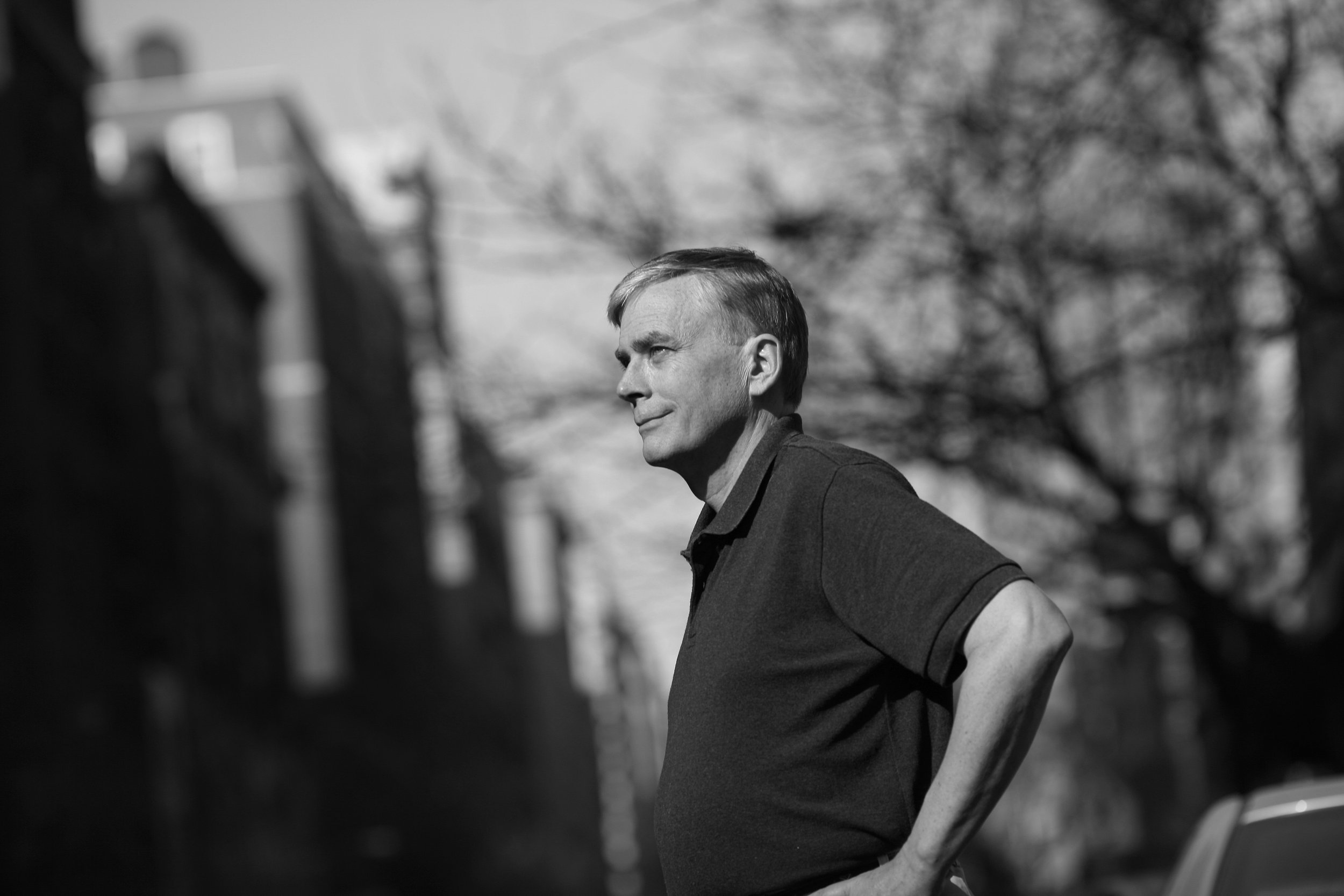
Christopher Gray
Christopher Gray (1950-2017) wrote extensively on the architecture, history, and preservation policies of New York City. His award-winning columns—from 1987 to 2014, the weekly "Streetscapes" column in the New York Times, and, from 1980 to 1992, the monthly "Neighborhood" in Avenue magazine—form the most comprehensive look at New York City buildings yet published. He also wrote "All the Best Places," a column on American streets, for House & Garden, from 1982 to 1985.
Christopher Gray's books include:
New York, Empire City (with David Stravitz; Harry N. Abrams, 2004)
Streetscapes (Harry N. Abrams, 2003; research by Suzanne Braley)
The Chrysler Building: Creating a New York Icon Day by Day (with David Stravitz; Princeton Architectural Press, 2002; research by Suzanne Braley)
Sutton Place, Uncommon Community by the River (Sutton Area Community, 1997)
Fifth Avenue, from Start to Finish, 1911, in Historic Block-by-Block Photographs (Dover, 1994; research by Suzanne Braley)
Changing New York (Dover Publications, 1992; research by Raymond Fike)
Blueprints (with John Boswell; Simon & Schuster, 1981)
His writing and research have earned awards from Classical America, the American Institute of Architects, the New York Genealogical and Biographical Society, the Preservation League of New York State, the New York Landmarks Conservancy, and the New York Society Library.